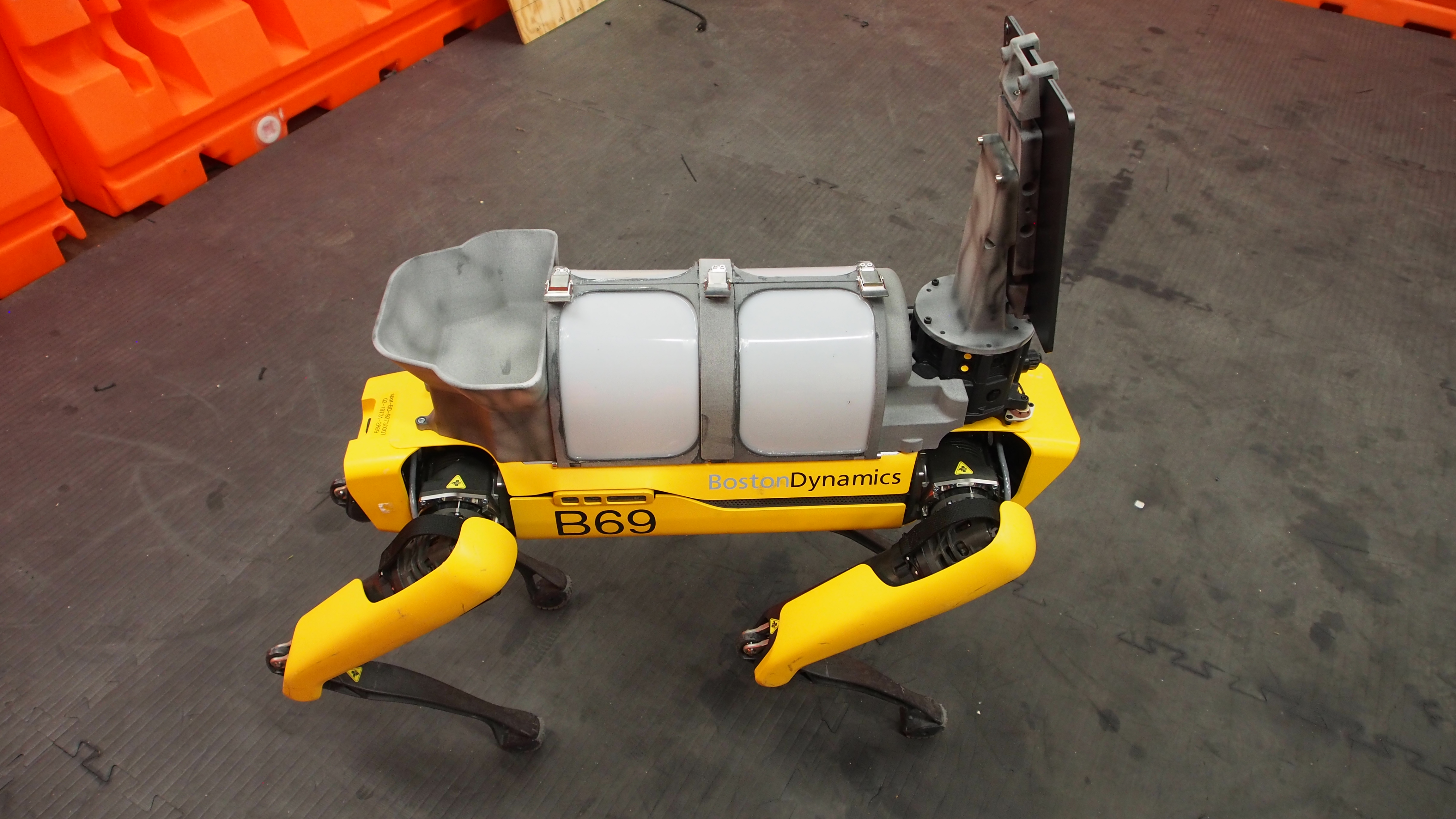The new “normal” offers new opportunities. That’s the thinking behind a new pre-seed funding program from Heartcore Capital . The European consumer-focused VC usually invests in startups at seed and Series A, but recognising that many potential founders are in lockdown and with time of their hands, is moving to the top of the funnel with the launch of a pre-seed fellowship programme.
Specifically, entrepreneurs interested in starting a consumer technology company during lockdown can apply for a pre-seed investment of €100,000 per founder to finance development of a prototype. The entire investment process will be conducted online and begins via a simple web form, followed by Zoom conversations with the investment team.
“Heartcore is offering €100,000 per founder for a 7% equity stake per company – to reflect that a larger founding team will also mean a larger initial cost base,” explains the VC. “The investment instrument is a convertible note. The company does not need to be founded yet, nor is an idea required to apply. All companies must operate within consumer technology (B2C/B2B2C) and be based in Europe”.
More broadly, the goal of Fellowship financing is to “build a prototype, with a view to raising a seed round when normal life resumes”.
To find out more, I caught up with Heartcore Capital General Partner Max Niederhofer, where we discussed the program’s inception, who it competes with, and startup opportunities after lockdown.
TechCrunch: How did the idea of the fellowship come about or was Heartcore working on a pre-seed model before the coronavirus crisis hit (I gather it might be the latter)?
Max Niederhofer: Heartcore has been investing from inception to Series A since we got started in 2007. Half of the investments in the last twelve months have been in a team and a plan, often pre-product. But many of these were sizeable funding rounds where there was already a fully fleshed out idea, already a larger team, already a company.
This is different. We sat down two weeks ago, after we had worked to make sure that our portfolio is well funded, and after closing the three deals we had in the pipe from pre-lockdown. And we asked ourselves: what if this lasts longer? Is there an instrument that we could come up with that is tailored to this situation, that lives the Heartcore ethos of “no fear, no greed” and puts founders’ needs first.
Everyone seems to be examining their life right now, including their life’s work. We know some exceptional people have lost their jobs. Others might have more time to think about the big idea they’ve been mulling over for a while. What can we offer them to get going right now, rather than having to wait until normal life resumes?
Will the fellowship continue to be open to applications if/when lockdown restrictions are lifted across Europe?
The intention is to keep it open through 2020, potentially into 2021, depending on how long it takes to resume “normal life.” We will see what happens this year, whether the offering resonates with entrepreneurs, and we will adjust accordingly.
There’s certainly a possibility that this becomes part of our operating model going forward. But like any startup, we will iterate it to make sure that it’s something that makes sense for founders given the overall fundraising environment.
Arguably, with the maturity of remote working tools, a period of lockdown is a good opportunity for a small team to build an MVP or have a prolonged period of product development without worrying too much about go-to market. Is that your thinking?
That is certainly part of it. This is a great time for focused product work. But we also think it’s a great time to launch prototypes, get people using them, and collect feedback. App downloads are significantly up. The willingness to try new things is high.
More than that, however, we think that founding teams will want to be ready to raise larger seed financing when restrictions are lifted. We want to put them in a position to do so.
Which funding sources or other programs do you think the Heartcore fellowship most closely competes with?
It’s like Y Combinator for people who can’t leave their house.
You’re targeting companies within consumer technology (B2C/B2B2C) that are based in Europe. Within this definition, what type of products or sectors do you think have the best opportunity to be founded in the current crisis and (hopefully) as we come out of it?
The crisis serves as an accelerant to some of the secular trends we’ve been seeing anyway, e.g. the convergence of online and offline. Of course everyone is talking about the “digital only” companies right now, but we invest in B2C and marketplaces across the entire consumer spend spectrum: in health, food, finance, insurance, real estate, mobility, travel, retail/ecommerce, education, media/entertainment, and of course consumer productivity tools.
We are also happily counter-cyclical: we definitely want to speak with founders in the travel sector. We believe travel will rebound in a big way and that online travel companies will disproportionately benefit.
We are big believers in technology’s potential to give people superpowers, but also to help them become more human by addressing our common desires to belong, to stay safe and protect others, to have fun and work on something meaningful.



